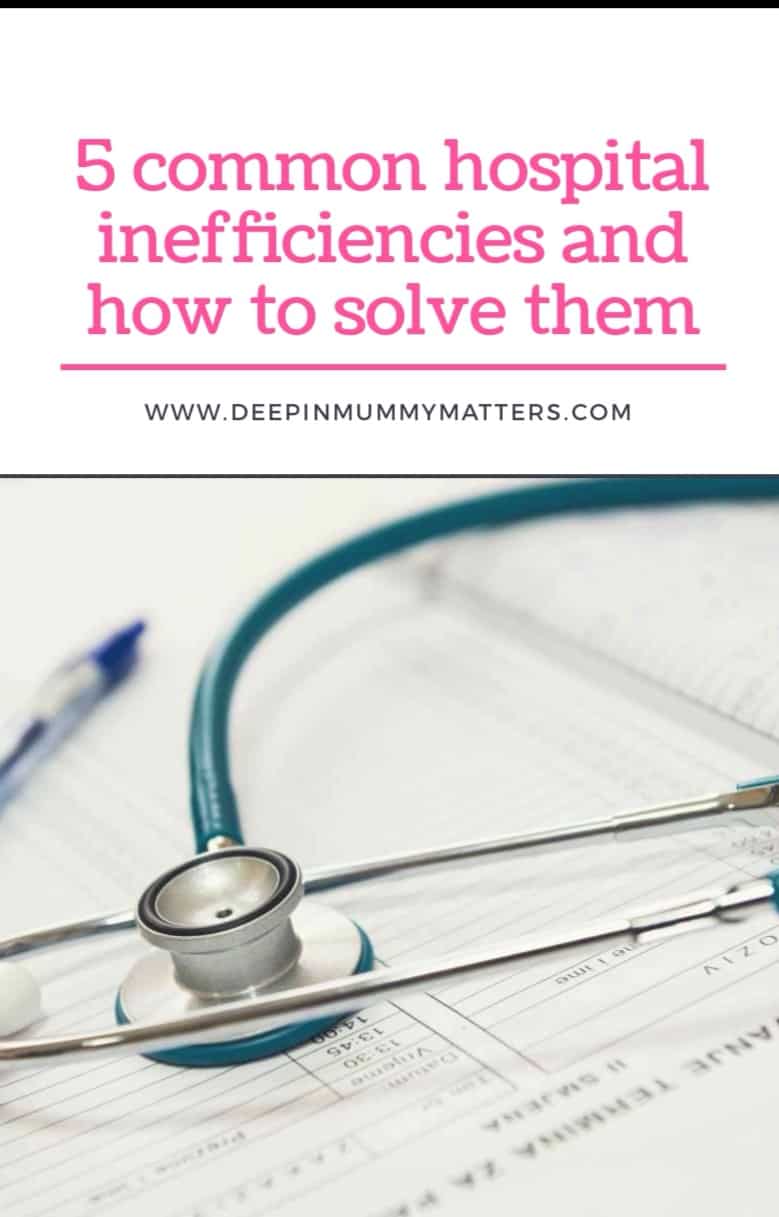Inefficiencies in a hospital setting interfere with the day-to-day workflow and cost billions of dollars in losses per year. It was recently discovered that inadequate communication has an economic impact of more than $1.75 million per hospital in the U.S., totalling over $11 billion across the industry.

While some of the issues that cause inefficiency may be complex, there are some quick fixes that can be implemented to deal with the problems. Along with integrating innovative solutions, such as the use of a Capsa Healthcare Medical Treatment Cart use the tips and information here to learn about handling hospital inefficiencies.
1. Improper or Inadequate Communication
One of the main causes of communication issues is the inefficiency of pagers, the lack of Wi-Fi, and the inability to use text messaging. Being able to use secure text messaging may help to increase productivity while reducing economic loss by over 50%. This would result in a yearly savings of more than $875K per hospital.
2. Requirements for Duplicate Documentation
Another step is to eliminate inefficiencies in documentation methods, which lets clinicians spend more of their time with patients while helping with total patient flow. The first step to eliminate inefficiencies could be to conduct a survey that is designed to identify any current duplicate documentation requirements.
If there are duplications present in the hospital’s EHR system, work with the provider to eliminate them. If the duplications are related to the paper charts or a combination of electronic and paper records, it is a good idea to create more streamlined and standardized forms to use, which eliminates the duplicate requirements.
3. Inadequate Patient Flow
Having to deal with many patients moving in and out of the hospital and from one department to another is eventually going to cause issues with patient flow. To help address these issues, it is necessary to redesign the system-wide processes that affect the flow. Some strategies to help with this include evaluating the patient flow by looking at the parking of patients, designating a separate operating room for unscheduled and scheduled operations, and providing a set process to ensure patient discharge a minimum of one day ahead of time.
4. Inappropriate Lengths of Stay and Hospital Admissions

Some practitioners admit patients to the hospital or will keep them longer than necessary because they do not have anywhere else to send them. Offering practitioners a list of resources to use may help to reduce or even eliminate this issue. Some of the resources can include nursing homes, skilled nursing centres, social workers, and others.
5. Incomplete Reconciliation of Medication
Incomplete or inadequate reconciliation may result in serious and potentially deadly medication errors. One of the top reasons so many hospitals are dealing with medication issues is because patients are not good at monitoring what they are taking. This makes it hard to create a comprehensive or accurate “intake” list. It is a good idea to request that patients bring along their pill bottles when they come to the hospital to help prevent these issues.
Preventing Hospital Inefficiencies
When it comes to inefficiencies in a hospital setting, there are many factors to consider and deal with. Be sure to keep the tips here in mind, which is going to help reduce and even eliminate some of the most common inefficiencies that occur.

